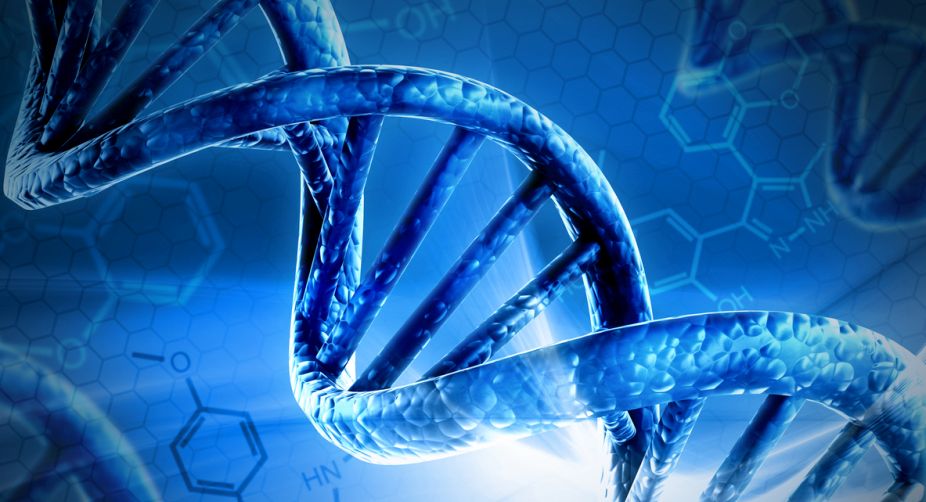In nature, genetic recombination usually takes place between two DNA molecules derived from organisms of the same species. In animals and plants, for example, an individual’s parents are the original sources of DNA that recombine during meiosis.
A naturally-arising recombinant DNA molecule usually differs from the parental molecules only in the combination of alleles it contains; the fundamental identities and sequences of its genes remain the same. In the laboratory, such limitations do not exist. Since the development of recombinant DNA technology in the 1970s, scientists have had at their disposal a collection of techniques for making recombinant DNA in the laboratory. Any segment can now be excised from any genome and spliced together with any other piece of DNA. Initially derived from basic research on the molecular biology of bacteria, these techniques have enabled researchers to isolate and study genes from both prokaryotes and eukaryotes with greater ease and precision than was earlier thought possible. A central feature of recombinant DNA technology is the ability to replicate or clone specific pieces in order to prepare large enough quantities for research and other uses. Cloning is accomplished by splicing the DNA of interest to the DNA of a genetic element, called a cloning vector, which can replicate autonomously when introduced into a cell grown in culture — in most cases, a bacterium such as E Coli. The cloning vector can be a plasmid or the DNA of a virus, usually a bacteriophage; in either case, the vector’s DNA “passenger” is copied every time it replicates. In this way, it is possible to generate large quantities of specific genes or other DNA segments and their protein products as well, if the passenger genes are transcribed and translated in proliferating cells that carry the vector. To appreciate the importance of recombinant DNA technology, we need to grasp the magnitude of the problem that biologists faced as they tried to study the genomes of eukaryotic organisms. Much of our early understanding of information flow in cells came from studies with bacteria and viruses, whose genomes were mapped and analyzed in great detail using genetic methods that were not easily applied to eukaryotes. Until a few decades ago, investigators despaired of ever being able to understand and manipulate eukaryotic genomes to the same extent because the typical eukaryote has at least 10,000 times as much DNA as the best studied phages — truly an awesome haystack in which to find a gene-sized needle. But the advent of recombinant DNA technology has made it possible to isolate individual eukaryotic genes in quantities large enough to permit them to be thoroughly studied, ushering in a new era in biology. Much of what we call recombinant DNA technology was made possible by the discovery of restriction enzymes. The ability of restriction enzymes to cleave DNA molecules at specific sequences called restriction sites makes them powerful tools for cutting large DNA molecules into smaller fragments that can be recombined in various ways. Restriction enzymes that make staggered cuts in DNA are especially useful because they generate single-stranded sticky ends (also called cohesive ends) that provide a simple means for joining DNA fragments obtained from different sources. In essence, any two fragments generated by the same restriction enzyme can be joined together by complementary base pairing between their single-stranded, sticky ends. The combined use of restriction enzymes and DNA ligase allows any two (or more) pieces of DNA to be spliced together, regardless of their origins. A piece of human DNA, for example, can be joined to bacterial or phage DNA just as easily as it can be linked to another piece of human DNA. In other words, it is possible to form recombinant DNA molecules that never existed in nature, without any regard for the natural barriers that otherwise limit genetic recombination to genomes of the same or closely related species. Therein lies the power of (and, for some, the concern about) recombinant DNA technology.
Advertisement











